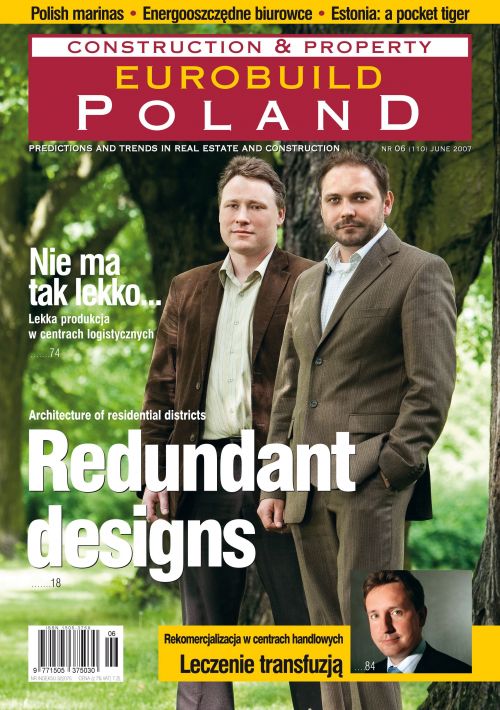For a country whose Baltic sea coast is awash with sailors from Germany and Scandinavia, Poland has surprisingly few European-standard marinas. However, with the announcement that one such marina is to be developed in the port of Ustka, it may be that this neglected segment of development is now about to wake upThere are several existing marinas in Poland, such as at Kamień Pomorski, Hel and Władysławowo. But in terms of facilities few of these are up to the size and standards enjoyed by their counterparts in longer-established EU countries, such as Germany, Sweden and the Netherlands. Three of the largest and most modern marinas are to be found in Łeba, Gdynia and Gdańsk. Łeba has mooring places for 120 boats and Gdynia for 91. The development of the latter marina was 25 pct financed by local government and 75 pct by the Phare programme, which was set up by the EU. However, Gdańsk marina, in the very centre of the city, which will be celebrating its 10 birthday in June, was fin






























































